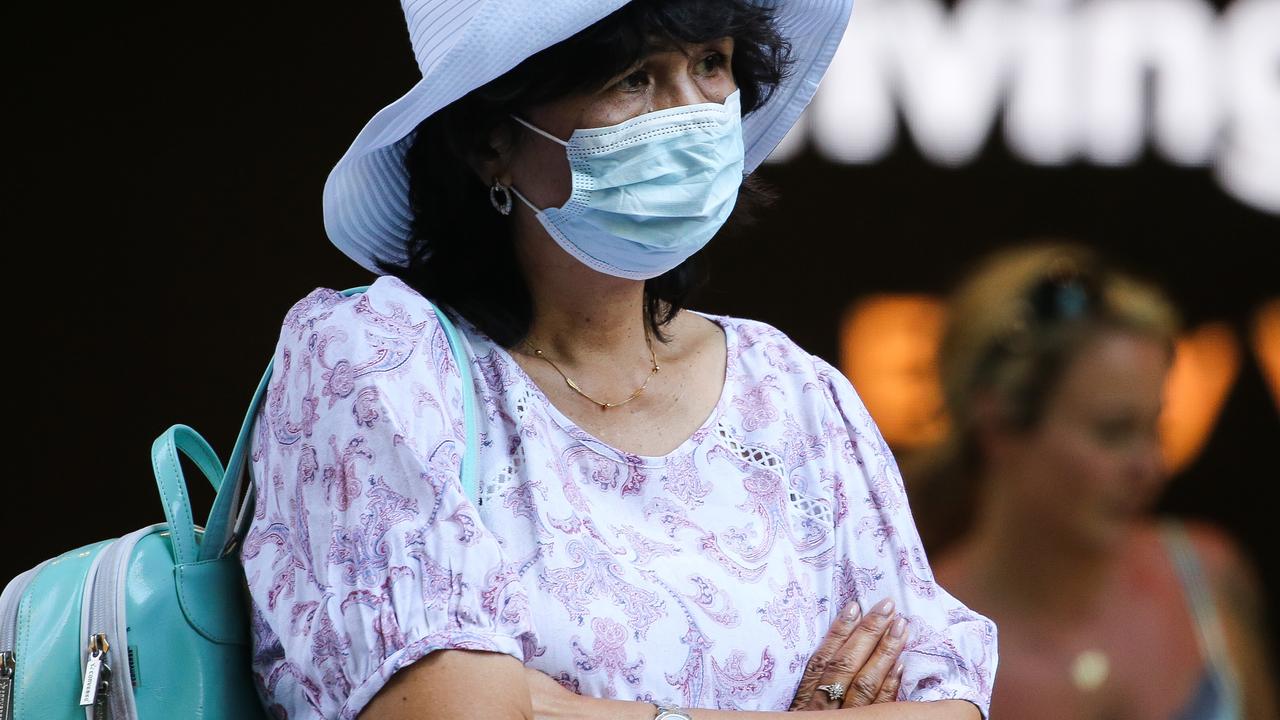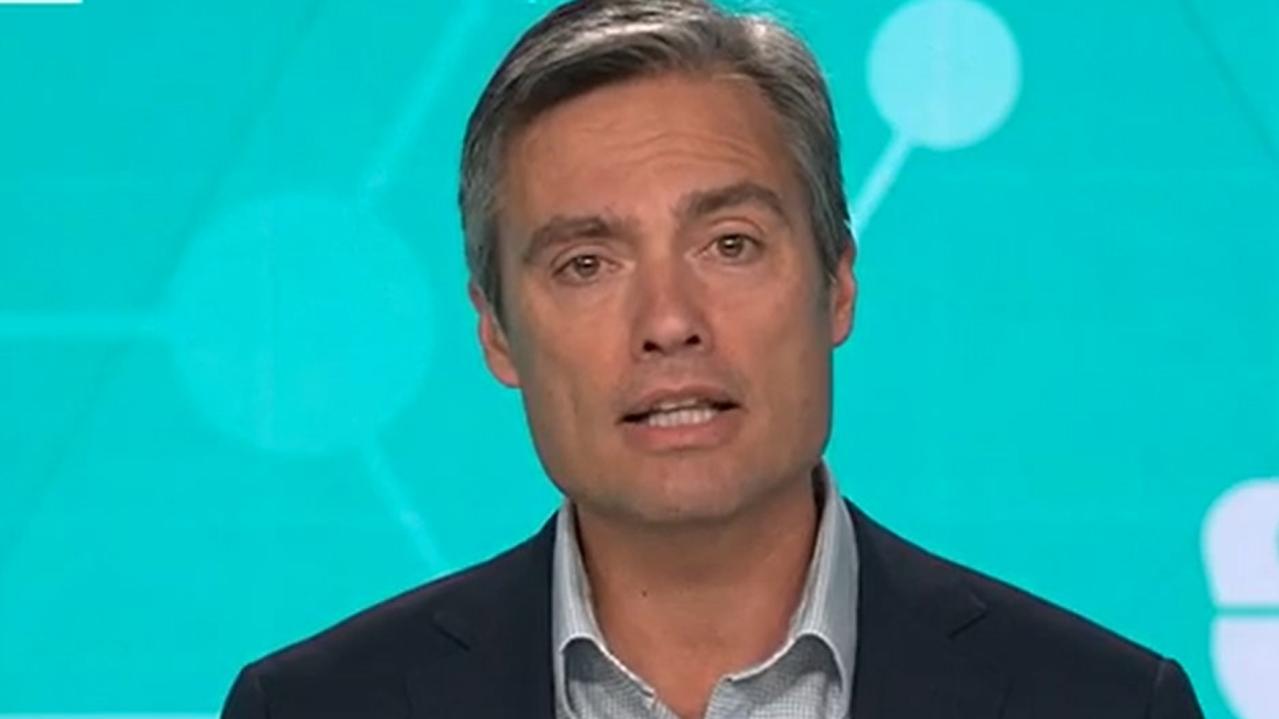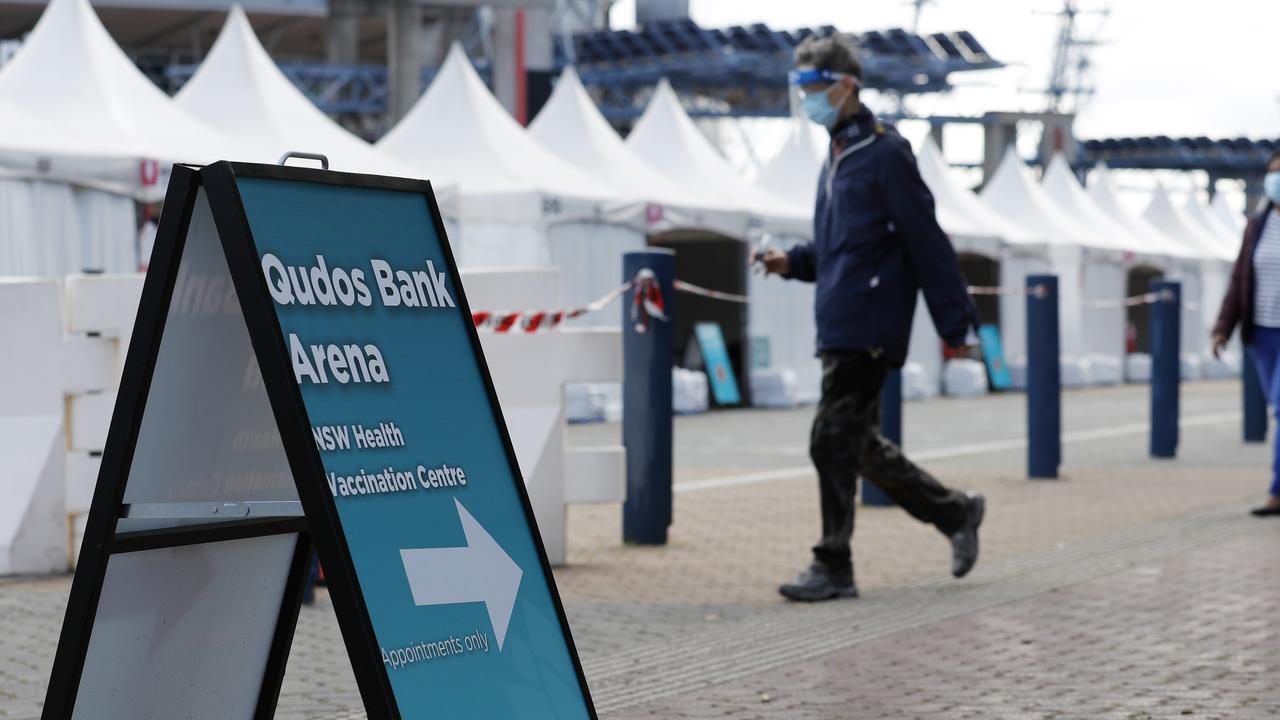Joe Hildebrand: Australia’s panicked reaction to case numbers exposes an inconvenient truth
We Australians like to think we’re a tough lot but the truth is we’re a bunch of bedwetters. It’s time we found our balls.
OPINION
We Australians like to think we’re a tough lot but the truth is we’re a bunch of bedwetters. It’s time we found our balls.
For months we have been told that when Covid restrictions eased case numbers would naturally increase but there was no need for panic.
And so what happened? Case numbers increased and we sharted our britches.
This is the inconvenient truth that Covid has exposed.
There are two Australias: One is the rugged, relaxed and confident character of our national mythos and the other is the anxious, angry and cosseted character who demands unconditional protection from all life’s slings and arrows.
No one is suggesting we go back to licking toilet seats but the eagerness of the states to enforce once unthinkable restrictions in the name of our protection has fuelled the sense that the government is wholly responsible for our health and wellbeing. We have outsourced ourselves to the state.
When you get right down to it, there are essentially just two basic options for dealing with this disease: One is that we lockdown and lockout forever and the other is that we accept that eventually most of us will get Covid in some form or another.
This is what health experts have been saying ad nauseam as they pushed for higher vaccination rates and prepared us for life after lockdown. It seems that most of us nodded our heads but few of us actually listened.
And so here is a quick refresher.

Exactly two months ago the ABC — arguably the biggest Chicken Little when it comes to Covid constraints — published a piece with the pretty self-explanatory headline:
“As Australia enters the ‘living with Covid’ phase, experts say the population needs to focus on hospitalisations, not case numbers”
In it, Deakin University chair of epidemiology Catherine Bennett said there was one key message for the Australian population:
“Don’t be scared about exposure. Covid probably will make its way across the country, but not quickly and not immediately with everyone suddenly being exposed and a whole lot of people being infected… As vaccination levels increase, we should be concentrating on the hospitalisations.”
Health economist Angela Jackson added: “The case numbers aren’t as important. The numbers that matter are the vaccination rate and the hospitalisation or ICU rates.”
Again, this is the ABC — the same news outlet that had Norman Swan predicting plagues of locusts — and even they’re saying it’s OK.
But heck, let’s not take the national broadcaster’s word for it. Let’s go direct to Australia’s Chief Medical Officer himself.
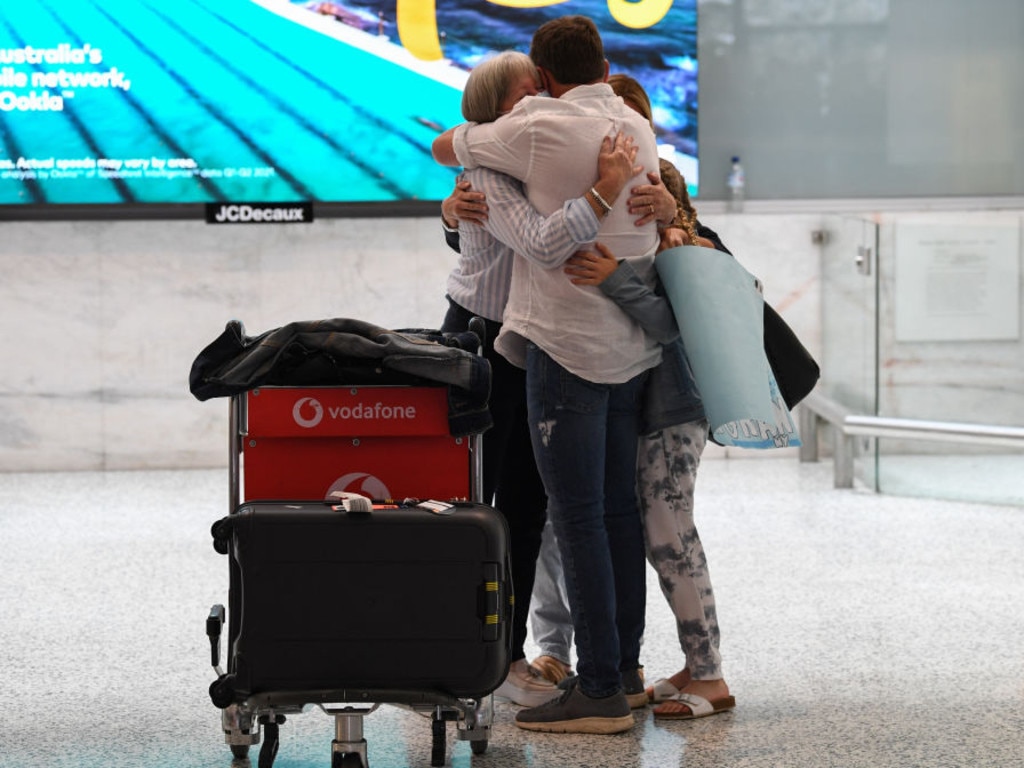
And CMO Paul Kelly said on November 10: “We have to accept we will continue to see cases of Covid-19 in Australia, and that some people with increased vulnerability may suffer significant illness or even death. That happens every year with other infectious diseases like influenza.
“However, we know that with our high vaccination rates, the number of people who will become seriously ill and potentially die from the virus will be relatively small.”
Is that clear enough? Senior enough? Expert enough?
But wait! That was before the dreaded Omicron variant, which seems to be terrifying people largely on the basis that it sounds like the name of a robotic sci-fi supervillain.
So let’s go to Australian National University infectious diseases expert Professor Peter Collignon, who has been the sanest and most accurate assessor of Australia’s Covid response to date.
He told news.com.au this week that the recent surges were likely sparked by people gathering indoors during the recent wet weather and by end-of-year get-togethers and that case numbers would slowly start to drop from mid-January before rising again over winter.
“While we are seeing more cases, they are mostly asymptomatic and mild. We need to put things into perspective because we are in a much better position now than we were a year ago…
“It’s going to be a problem, it’s not going to go away and new variants will spread … We can expect some hospitalisations and deaths, mainly in the unvaccinated, but it will be a lowish number, lower than most modelling said.”
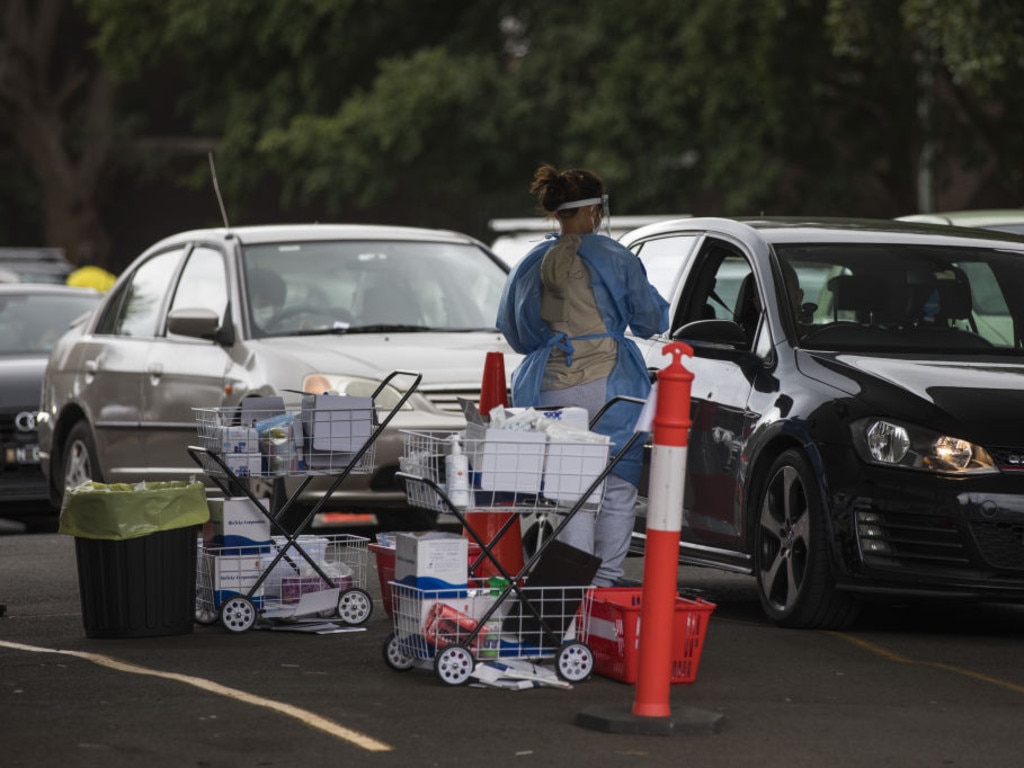
Gosh, that doesn’t sound much like the apocalypse does it? And what was that strange word he used — “perspective”? How un-Australian is that!
Or let’s go to the Dean of the School of Health Sciences at the Swinburne University of Technology, Professor Bruce Thompson, who said only on Thursday — well after NSW and Victoria were recording four-figure case numbers:
“The good thing about it is that we’re going into Christmas very well vaccinated so it’s less likely for us to give it to somebody else. But also if we do contract the virus, the severity of the disease is a lot less too…
“Even if Covid cases increased a lot, that would be fine if no one got sick from it.”
Let’s focus on that word: “Fine.” And to prove how fine, I’ll even quote the competition. This is the Sydney Morning Herald’s front page yesterday: “NSW reported 192 coronavirus patients in hospital, up from 166 on Wednesday. This is a fraction of the peak of 1266 in late September. Intensive care admissions have remained stable, sitting at 26 on Thursday.”
And on Friday there was another record day of cases — more than 2200 — yet the number of people in ICU actually dropped to 24.
So can we please take the plastic sheets off the mattress and grow a set.
As we have been told and told, time and again we need to live with the virus. And so for the love of God let’s live on our feet, not on our knees.
Read related topics:Joe Hildebrand




